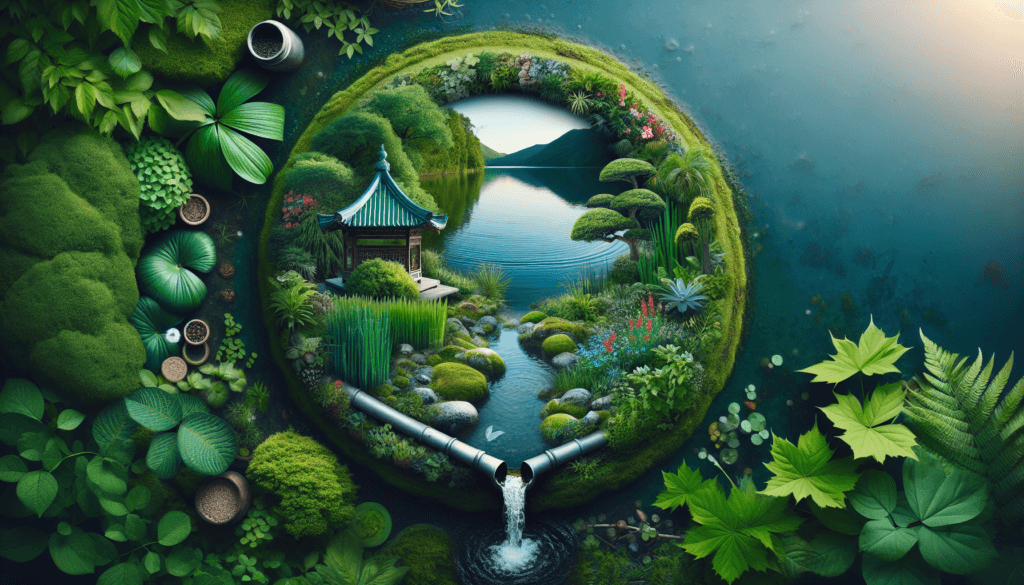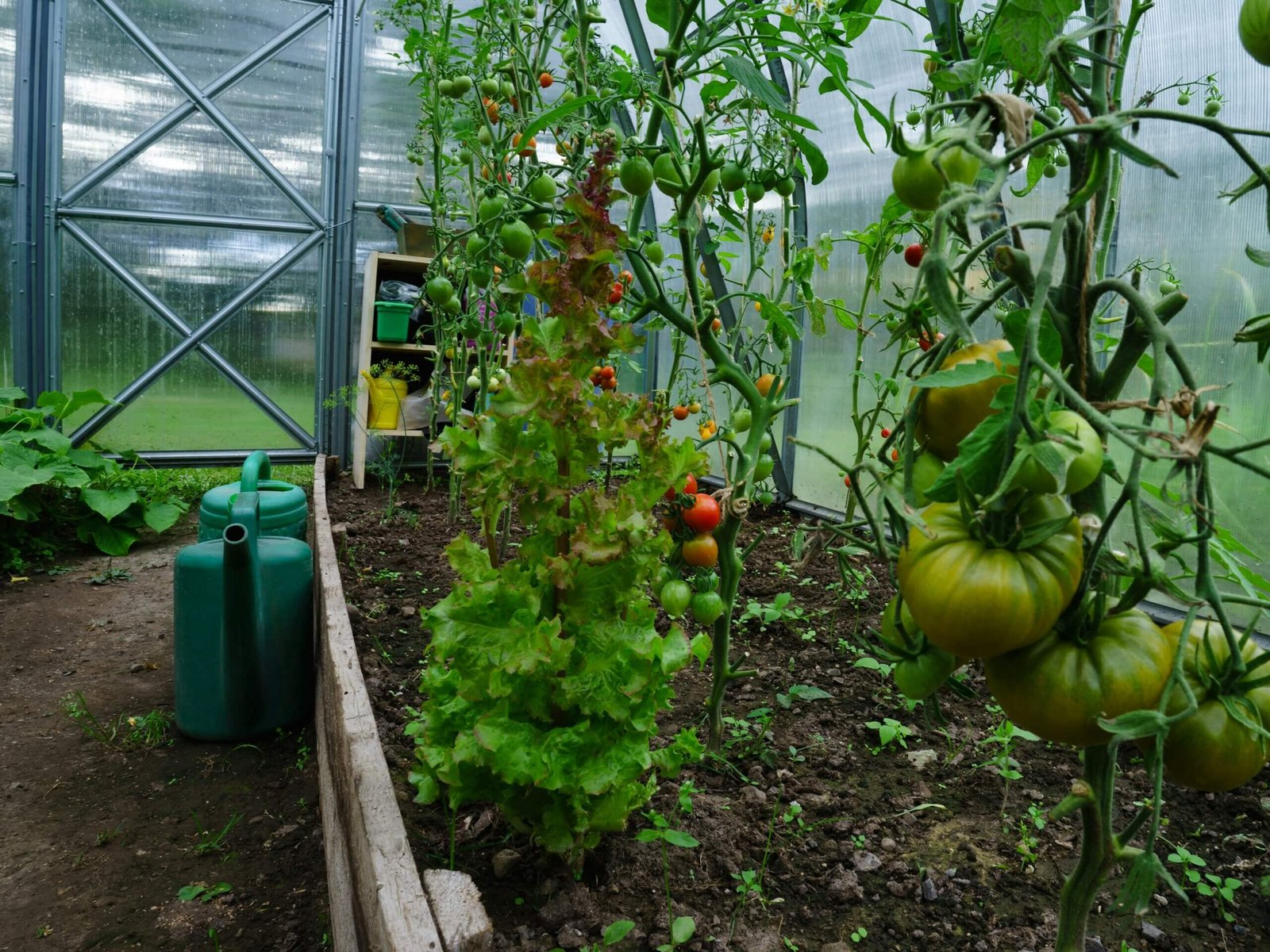Imagine transforming your backyard into a peaceful oasis with your very own sustainable pond or lake garden. You can create a stunning and eco-friendly haven that not only enhances the aesthetics of your outdoor space but also attracts a variety of wildlife. In this article, we will explore the step-by-step process of building a sustainable pond or lake garden, from choosing the right location to selecting the perfect plants. Get ready to embark on a journey of creating your very own little paradise, where nature and tranquility coexist harmoniously.
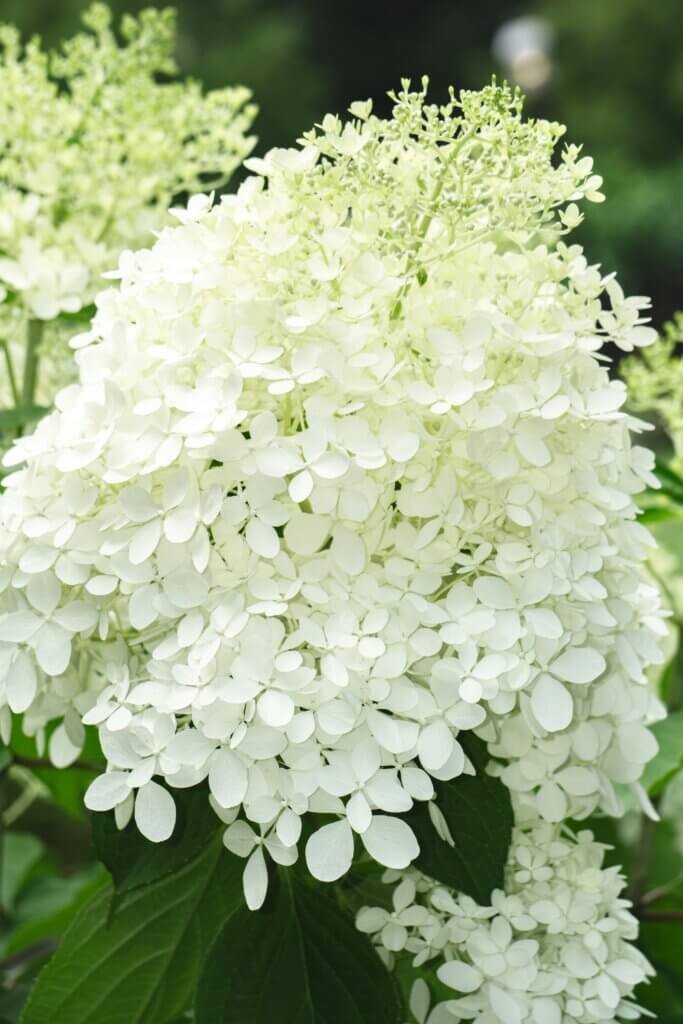
Choosing the Right Location
Assessing the Existing Landscape
Before starting your pond or lake garden project, it’s important to assess your existing landscape. Take a look at the size and shape of your backyard, as well as any existing features such as trees, shrubs, or slopes. This will help you determine the best location for your garden and how it will fit into the overall design of your outdoor space.
Considering Sunlight and Shade
When choosing a location for your pond or lake garden, it’s essential to consider the amount of sunlight and shade the area receives. Most plants and aquatic life require a balance of both sunlight and shade to thrive. Take note of the sun’s trajectory throughout the day and identify areas that receive adequate lighting. Additionally, consider the shade patterns created by neighboring trees or buildings.
Evaluating Soil Composition
The soil composition of your chosen location will affect the long-term success of your pond or lake garden. Some soils are better suited for water features than others. It’s crucial to evaluate the drainage capabilities of the soil to prevent excess water accumulation or saturation. Sandy or loamy soils tend to drain well and are ideal for water gardens, while heavy clay soils may require amendments to improve drainage.
Designing the Garden Layout
Determining the Pond or Lake Size
Determining the appropriate size for your pond or lake is crucial for creating a harmonious garden layout. Consider the dimensions of your outdoor space, the available budget, and your specific preferences. A larger pond or lake may provide more opportunities for diverse plant and animal life, but it also requires more maintenance. Carefully consider how the size of your water feature will fit within your overall garden design.
Deciding the Garden Style
The garden style you choose will influence the overall aesthetics and atmosphere of your pond or lake garden. From naturalistic and informal designs to more formal and structured layouts, there are various styles to choose from. Take into account your personal preferences and the existing landscape when deciding on the garden style. Keep in mind that a well-planned design will create a soothing and visually pleasing outdoor space.
Planning the Planting Zones
One of the essential aspects of designing your pond or lake garden is planning the planting zones. Different types of plants prefer different water depths and growing conditions. Dividing your aquatic garden into distinct planting zones will help create a diverse and well-balanced ecosystem. Consider incorporating shallow water, marginal plants, floating plants, and submerged plants to create a habitat that supports a variety of aquatic life.
Creating the Water Feature
Deciding on a Pond or Lake
When creating your water feature, you have the choice between building a pond or a lake. Ponds are typically smaller and can be easier to maintain, while lakes offer a more expansive and natural look. Consider the available space, budget, and desired aesthetic when deciding which option is right for you. Remember that both ponds and lakes can provide a beautiful and tranquil setting for your garden.
Installing a Liner
To prevent water from seeping into the ground, it’s important to install a liner for your pond or lake. Liners act as a barrier between the water and the soil, ensuring that your water feature retains its shape and integrity. There are various types of liners available on the market, such as rubber or PVC, each with its own advantages. Choose a liner that suits your budget, climate, and specific needs.
Utilizing Natural Bottom
If you prefer a more natural look, you can opt to create a pond or lake without a liner. This method is known as utilizing the natural bottom. It involves digging a hole in the desired location and using the existing soil and clay to create a watertight seal. This approach can give your water feature a more organic appearance, but it requires careful planning and consideration of soil composition and water retention properties.
Ensuring Water Quality
Installing Filtration Systems
Maintaining good water quality is crucial for the health and longevity of your pond or lake garden. Installing a filtration system is an effective way to remove debris, excess nutrients, and harmful contaminants from the water. There are various types of filtration systems available, including mechanical filters, biological filters, and UV clarifiers. Choose a filtration system that suits the size and specific requirements of your water feature.
Adding Beneficial Bacteria
Beneficial bacteria play a vital role in maintaining a balanced ecosystem in your pond or lake garden. These bacteria help break down organic matter, such as fish waste and decaying plants, which can otherwise contribute to water pollution. Adding beneficial bacteria regularly can help improve water quality and reduce the risk of algae blooms and foul odors. Consider using specific bacteria products designed for pond or lake environments.
Monitoring Oxygen Levels
Oxygen is essential for the health of aquatic life in your pond or lake garden. Proper oxygen levels promote the growth of beneficial bacteria, prevent oxygen depletion for fish, and support a healthy ecosystem. Regularly monitor the oxygen levels in your water feature using a test kit. If necessary, consider adding an aeration system, such as a fountain or waterfall, to increase oxygen levels and maintain optimal water quality.
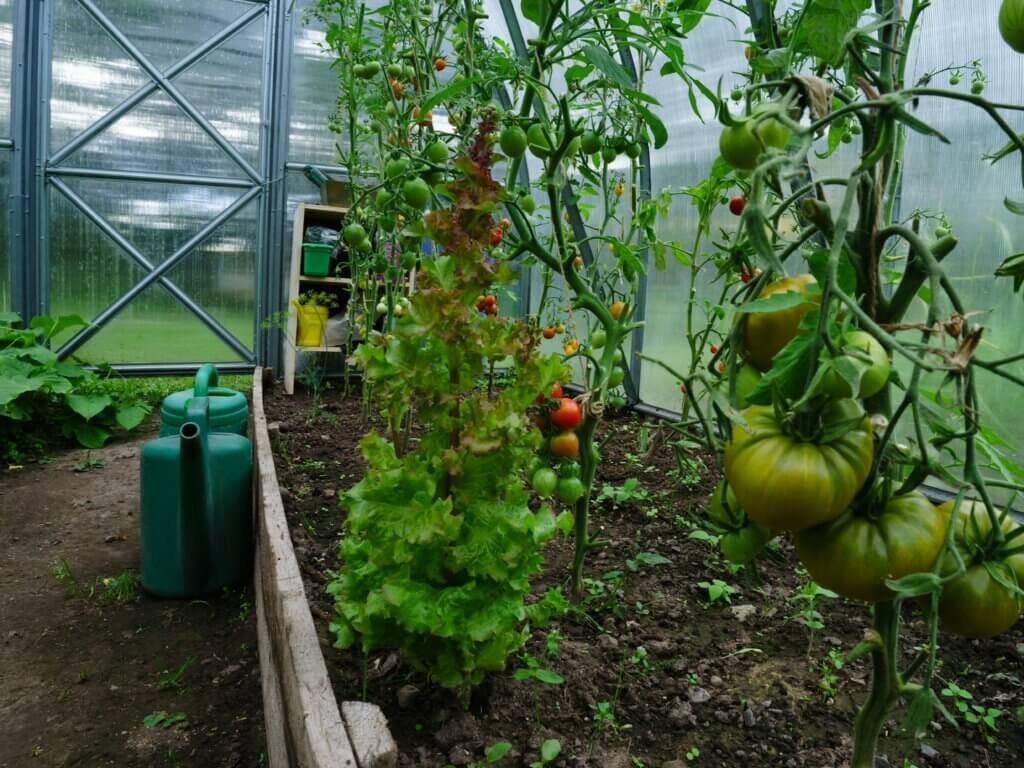
Choosing the Right Plants
Selecting Native Species
Choosing native plant species for your pond or lake garden is not only beneficial for the environment but also for the overall health of your water feature. Native plants are adapted to local conditions and are often more resilient to pests, diseases, and extreme weather conditions. They also provide habitat and food sources for local wildlife. Research native aquatic plants that are suitable for your region and incorporate them into your garden design.
Considering Different Aquatic Plants
Aquatic plants play a vital role in creating a balanced ecosystem in your water feature. They provide oxygen, help maintain water clarity, and offer shade and shelter for fish and other wildlife. Consider different types of aquatic plants, such as floating plants like water lilies, submerged plants like hornwort, and marginal plants like cattails. Each plant type has its own unique benefits and characteristics, so aim for a diverse selection to create visual interest and support biodiversity.
Creating a Balance of Flora
When selecting plants for your pond or lake garden, strive to create a balance of flora. Consider the growth habits, sizes, and preferences of the plants you choose. Aim for a mix of tall, medium, and low-growing plants to create a visually appealing scene. Additionally, select plants that bloom at different times of the year to ensure continuous color and interest in your garden. A well-balanced selection of flora will provide a beautiful and harmonious environment for both plants and wildlife.
Adding Fish and Wildlife
Introducing Native Fish Species
Adding fish to your pond or lake can further enhance the ecosystem and create a dynamic and lively environment. When selecting fish species, opt for native species that are well-suited to your region and climate. Native fish are more likely to thrive and support the overall health of your water feature. Before introducing fish, ensure that the water parameters, such as temperature and pH, are suitable for the chosen species.
Attracting Birds and Butterflies
A pond or lake garden can be a haven for birds and butterflies, adding beauty and enjoyment to your outdoor space. To attract these winged visitors, incorporate plants that provide nectar, seeds, or berries. Create different levels of vegetation, including tall grasses, shrubs, and trees, to provide suitable habitats. Consider adding bird feeders, bird baths, and butterfly feeding stations to attract and support a diverse range of wildlife.
Providing Shelter and Habitat
To encourage a thriving ecosystem in your pond or lake garden, it’s important to provide suitable shelter and habitat for wildlife. Incorporate features such as rocks, logs, or submerged branches to create hiding places for fish and other aquatic creatures. Additionally, provide nesting sites for birds and butterflies by incorporating shrubs, trees, or birdhouses. These habitat elements will attract and support a variety of wildlife, making your garden a sustainable and vibrant ecosystem.
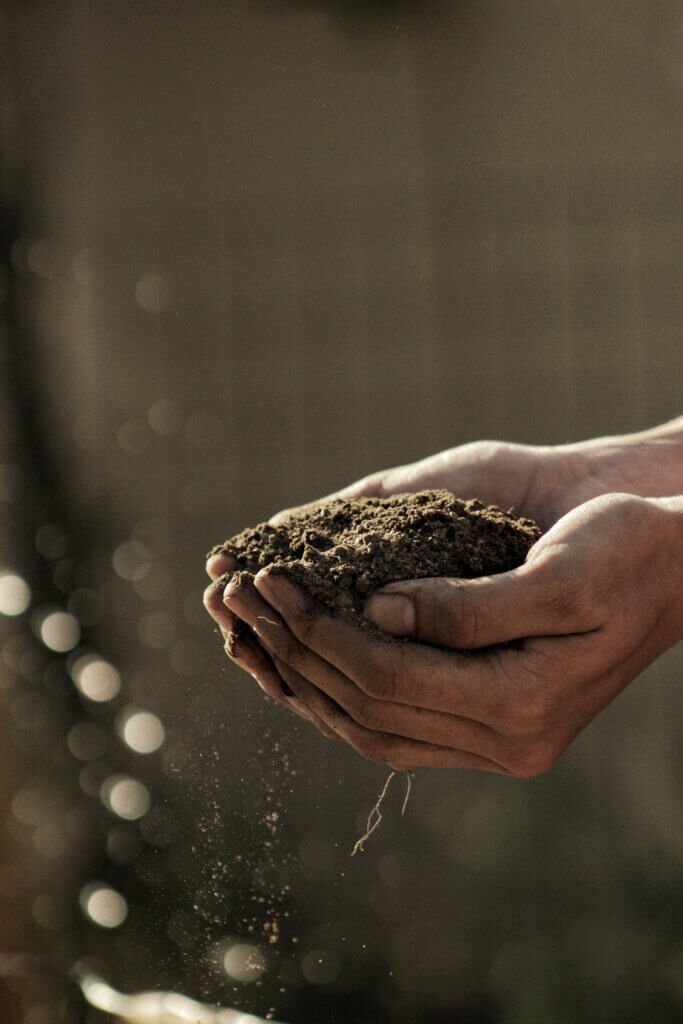
Maintaining the Garden
Trimming and Pruning Plants
Regular maintenance is key to keeping your pond or lake garden in optimal condition. Trim and prune your plants as needed to control their growth, maintain their shape, and prevent overcrowding. Remove any dead or decaying plant material to prevent water pollution and algae growth. Regular plant maintenance will ensure that your garden remains visually appealing and promotes a healthy ecosystem.
Controlling Algae and Weeds
Algae and weeds can pose challenges to the health and aesthetic appeal of your pond or lake garden. Implement strategies to control their growth and prevent overgrowth. This may include using algae-fighting products, manually removing excessive algae or weeds, or introducing natural algae-eating fish or snails. Remember to balance the use of chemical controls with environmentally friendly methods to maintain a sustainable garden.
Regularly Cleaning and Monitoring
Regular cleaning and monitoring are essential for the long-term success of your pond or lake garden. Remove debris, fallen leaves, and other organic matter from the water surface or bottom regularly to prevent nutrient buildup and water pollution. Check the overall health of your plants, fish, and wildlife regularly to identify any issues early on and address them promptly. By staying on top of cleaning and monitoring tasks, you can ensure a thriving and sustainable garden.
Controlling Mosquitoes and Pests
Preventing Mosquito Breeding
Mosquitoes can be a nuisance and potential health hazard in a pond or lake garden. Take steps to prevent mosquito breeding by eliminating standing water sources, such as stagnant areas or containers holding water. Consider incorporating mosquito larvae-eating fish, like mosquito fish or guppies, into your water feature. Additionally, use mosquito repellents or natural solutions like citronella candles or plants to discourage mosquito activity.
Implementing Natural Pest Control
Pests, such as aphids or snails, can sometimes become a challenge in your pond or lake garden. Implementing natural pest control methods can help manage these issues without causing harm to your garden’s ecosystem. Introduce beneficial insects, like ladybugs or dragonflies, that prey on common pests. Encourage natural predators by providing proper habitat and food sources. Regular garden maintenance can also help prevent pest infestations.
Using Biological Controls
Biological controls, such as beneficial bacteria, enzymes, or nematodes, can play a significant role in managing pests in your pond or lake garden. These natural solutions help control pests without relying on synthetic chemicals. When choosing biological controls, ensure they are safe for aquatic life and follow the instructions for their application carefully. Biological controls are effective and eco-friendly alternatives to traditional pest control methods.
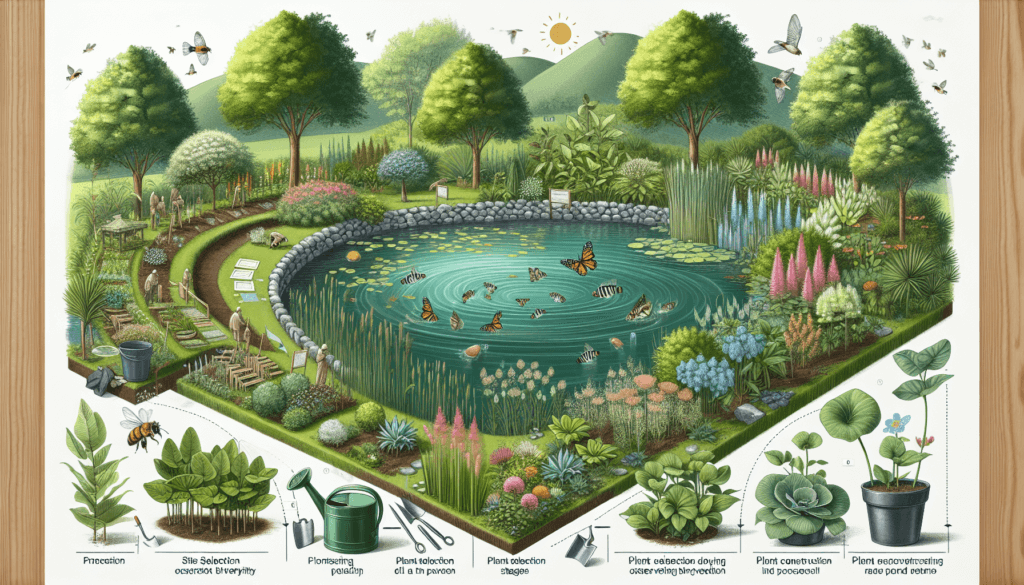
Conserving Water
Collecting Rainwater
Conserving water in your pond or lake garden is not only environmentally responsible but also helps reduce water costs. Consider collecting rainwater to supplement your water feature. Install rain barrels or a rain chain system to capture rainwater from your roof or other surfaces. This collected rainwater can be used to top up your pond or lake, reducing the need for tap water and promoting water conservation.
Reducing Evaporation
Water evaporation can lead to the loss of valuable water resources in your pond or lake garden. To reduce evaporation, consider incorporating features that provide shade, such as aquatic plants or floating islands. These features help block direct sunlight and reduce the surface area exposed to evaporation. Additionally, consider installing a water feature, such as a fountain or waterfall, as the movement of water can also help minimize evaporation.
Monitoring Water Usage
Regularly monitoring your water usage is essential for ensuring water conservation in your pond or lake garden. Keep track of the amount of water you add or replace in your water feature. If you notice a significant increase in water usage, check for leaks or other water loss issues. Implementing water-saving practices, such as adjusting the water level or reducing unnecessary water circulation, can help you use water efficiently and responsibly.
Promoting Sustainability
Using Eco-Friendly Materials
When building your pond or lake garden, opt for eco-friendly materials that minimize the environmental impact. Choose non-toxic materials for your pond liner, such as rubber or PVC liners that are free from harmful chemicals. Use natural stones, rocks, or reclaimed materials for landscaping elements. Consider using permeable materials for pathways or hardscaping to promote water infiltration and minimize runoff.
Optimizing Energy Efficiency
To promote sustainability in your pond or lake garden, consider optimizing energy efficiency. Use energy-efficient pumps, filters, and lighting for your water feature. Choose solar-powered options whenever possible to reduce your reliance on electricity. Install timers or smart controls to regulate the operation of various systems, ensuring they are only on when necessary. By minimizing energy consumption, you can create a more sustainable garden.
Minimizing Chemical Usage
Minimizing or eliminating the use of chemicals is crucial for maintaining a sustainable pond or lake garden. Avoid adding unnecessary chemical treatments to your water feature, as they can harm aquatic life and upset the ecological balance. Instead, focus on creating a well-balanced ecosystem, implementing natural controls, and practicing regular maintenance. By minimizing chemical usage, you can create a garden that thrives in harmony with the environment.
Building a sustainable pond or lake garden requires careful planning, consideration, and ongoing maintenance. By choosing the right location, designing the garden layout, creating the water feature, ensuring water quality, selecting the right plants, adding fish and wildlife, maintaining the garden, controlling mosquitoes and pests, conserving water, and promoting sustainability, you can create a beautiful and eco-friendly outdoor space that brings joy and tranquility for years to come.
